Norway in 2030: reducing emissions by 55% while protecting 30% of land and maritime areas?
Climate crisis. Nature crisis. 55% cut in emissions. 30% land and maritime area protection before 2030. Carbon capture. Carbon removal. Solar radiation management (SRM). The headlines are many and sensational. Overpowering. It can feel as if everything is a crisis. And that is a challenge. Most people usually don’t care about everything. They care about something. Something they can do something about. They want solutions.
Norway is in the middle of transitioning to a low-emission society. At the end of December 2022, Prime Minister Jonas Gahr Støre announced that Norway would strengthen its climate target and reduce its emissions by at least 55 percent by 2030. A few weeks later, Norway signed the UN Nature Agreement, which included committing to protecting 30% of all areas, both on land and at sea. In a subsequent press release, Støre stated that, “Just as important as ambitious targets are sound plans for achieving them”.
When the ceremonial hammer struck, signalling the adoption of the Nature Agreement, it was met with applause, tears of joy and embraces, as the countries of the world agreed to save not only the climate, but also the world’s biodiversity. This was also the case in Norway, where at that time we had only protected 17% of land and 2% of the seas, depending on the sources and definition of protection.
It has now been over two years since the 55% cut and the Nature Agreement were announced, and in Norway, optimism has slowly faded. During these two years, we have read NRK’s shocking report that Norway loses 79 square metres of land to development projects per minute, and learned in disbelief that there is only 1.5% primeval forest left in Norway.
We have also debated a lot. We have talked about municipalities’ right to build on natural areas, and whether this should be a right at all. We have discussed industry’s need for more land if we wish to continue value creation in Norway in the future. And we have rolled our eyes around how contradictory it seems to protect 30% of all land and sea when we also must reach the goal of a 55% cut in greenhouse gases before 2030.
After all, how are we going to preserve 30% of all land and sea if we cover new, untouched nature with wind turbines? Or build battery factories for all the electric cars, which also need new charging stations throughout the country as well? In addition, the EU’s mission for climate-neutral cities expects the 112 participating cities to reduce their greenhouse gas emissions by not only 55%, but by 80-90%, by 2030. In Norway, this mission covers Oslo, Trondheim and Stavanger. Where and how these cuts are to be made is described in the cities’ climate contract with the EU. But what solutions are needed for cities to succeed with these ambitious goals? Since 1990, Norway has lowered its greenhouse gas emissions by just 9.1% in total, of which the largest reduction was 4.7% from 2022 to 2023.
This was the background for a joint Arena Day organised by three of SINTEF’s strategic development areas: Radical climate-positive solutions, Biodiversity, and Climate-neutral and smart cities. These three areas are working to pool expertise across all SINTEF institutes, so that we can contribute to solving the major societal challenges facing the world, particularly in relation to climate and the environment, and produce the technological solutions and innovations for businesses, individuals, and municipalities that are needed to stop these global crises.
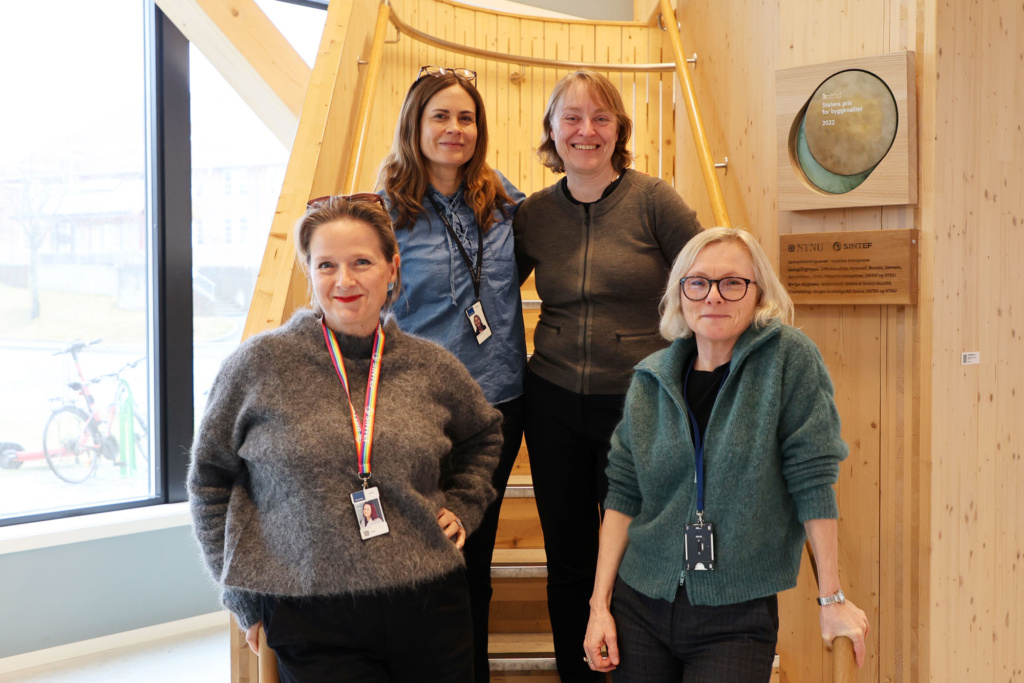
How can we achieve a climate-neutral society with a minimal impact on biodiversity and land use?
On 26 March 2025, more than 30 SINTEF researchers gathered, with the aim of exchanging knowledge and learning more about how we can achieve the climate-neutral societies of the future, with a minimal impact on biodiversity and land use. The topics discussed included the relationship between technological solutions for climate and biodiversity, whether new solutions for CO2 removal are ethically acceptable, and whether the area requirements for carbon capture solutions can be combined with pre-existing grey areas or other uses.
From these discussions, three key takeaways arose:
1. The transition to climate-neutral cities will require major changes in energy systems, mobility and transport, building and construction, and waste and circular economy, as well as a vibrant natural environment.
Even when measures are initiated in all these emission-heavy sectors, the projections towards 2030 clearly show that we still will not achieve our climate goals without carbon dioxide removal (CDR). These are measures that capture and permanently store CO2 from the atmosphere either directly from the air or indirectly by capturing carbon from biomass, which was taken from the atmosphere via photosynthesis. However, we still do not have a solid enough research basis to be able to assess which measures should be prioritised, and at what scale, to ensure that the consequences for land use, society, and nature are justifiable.
While the municipalities are responsible for land-use planning in accordance with the Norwegian Planning and Building Act, achieving climate neutrality requires a balancing act that the municipalities cannot handle alone. They need, and want, close cooperation with business and research, which is crucial for the necessary climate and nature accounts, life-cycle assessments, pricing of nature, and other analyses that enable them to report on their dependence on and use of nature.
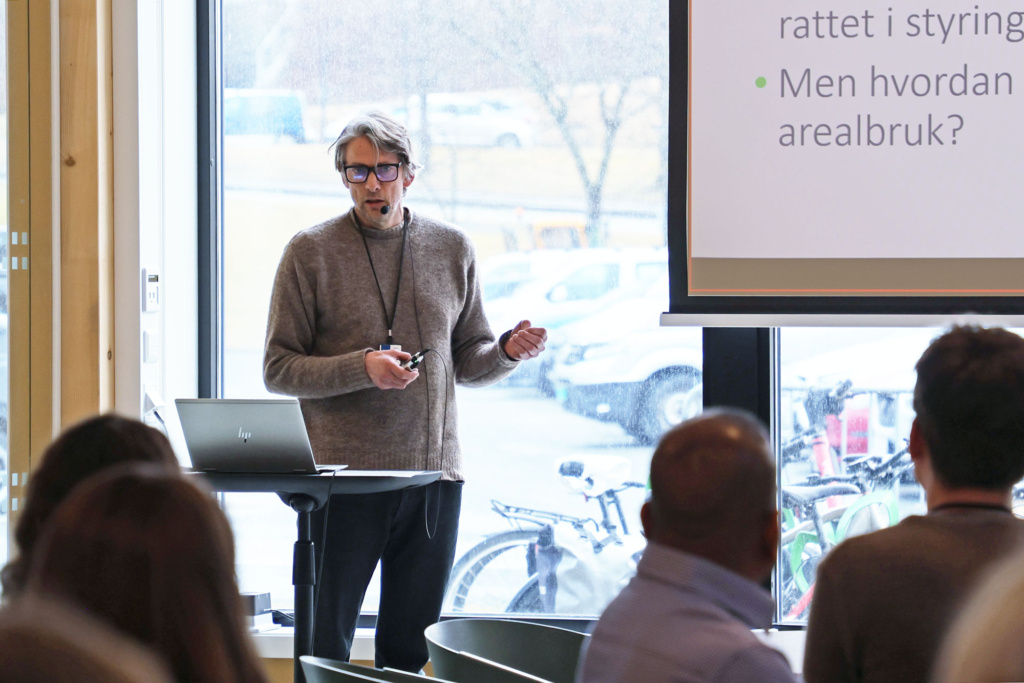
In the discussion, it became clear that our role at SINTEF must be to document the consequences of various measures, for better or worse. Ethics in our work must be the guiding star and the independent role that SINTEF has as a research institute is very important for our partners and society.
2. More radical and drastic measures will possibly be absolutely necessary if we are to halt or at least mitigate the effects of climate change in the short term, according to COP28.
This may then require “geoengineering”, which was presented by Senior Researcher Odd Andersen. The IPCC divides geoengineering into two categories: CDR and Solar Radiation Management (SRM).
Read more: Mirrors in space: can geoengineering help fix the climate problem?
The latter measure, SRM, could possibly increase the reflectivity of the Earth, thereby stabilising, even slowing down, the rise in temperature, as the volcanic eruption from Mt. Pinatubo in the Philippines did in 1991. In the following 15 months after the eruption, global temperatures were reduced by 0.6°C due to the particles from magma, ash and gas that were propelled into the atmosphere.
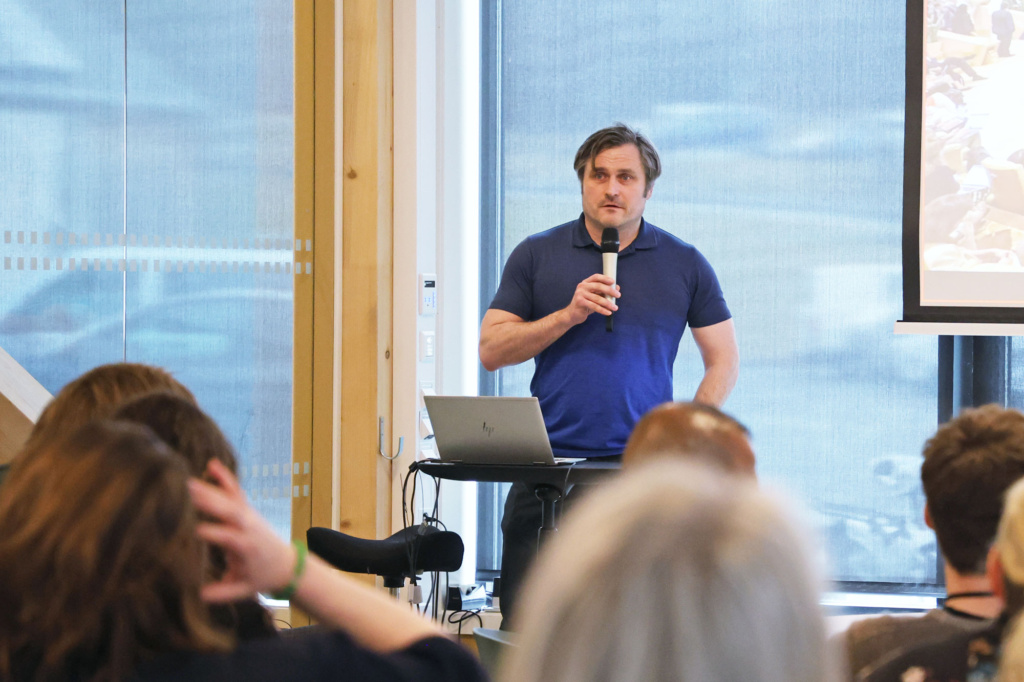
Several SRM measures were presented, such as painting rooftops white to make them more reflective, covering deserts with reflective materials, and putting reflective particles on the ocean. Other more radical measures included interventions across different parts of the atmosphere and into space.
However, there is a lack of understanding of the environmental risks, geopolitical challenges, and moral and ethical dilemmas associated with these radical measures, in terms of both their implementation and their termination. In addition, such solutions are a band-aid on the wound and do not contribute to changes in behaviour, operations or policy. Research Director Mimmi Throne-Holst presented an assignment that they carried out for an SRM project, which showed that implementing the measure in questions could have a major impact on the ocean in life in the Arctic if this radical measure were implemented. As a result, the project was closed.
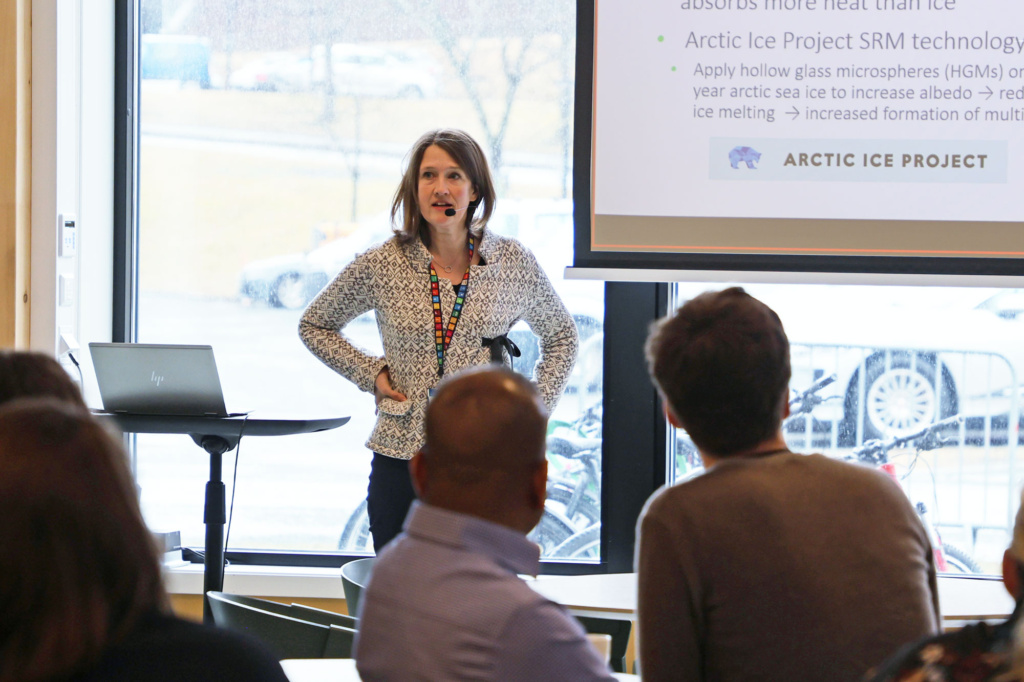
In this discussion, there was a general consensus that more research is needed before these solutions can be used, and we must be aware of the consequences before we make these choices. As such, SINTEF should also continue to be involved in building this knowledge base in order to be able to assess whether the solutions are ethically and environmentally sustainable before initiation. In general, SINTEF can and should be an impartial, scientific voice that presents facts based on what we know.
3. Technology development for coexistence will be absolutely necessary in order to achieve sustainable land and nature use while contributing to radical climate measures in the future.
One understanding of this is coexistence related to land protection, such as the use of infrastructure such as roads and ports for carbon capture and transport, or the use of preexisting grey areas for technology development. Other understandings of coexistence may be around balancing municipalities’ need for infrastructure, such as roads and buildings, with the need for untouched nature for both health and well-being.
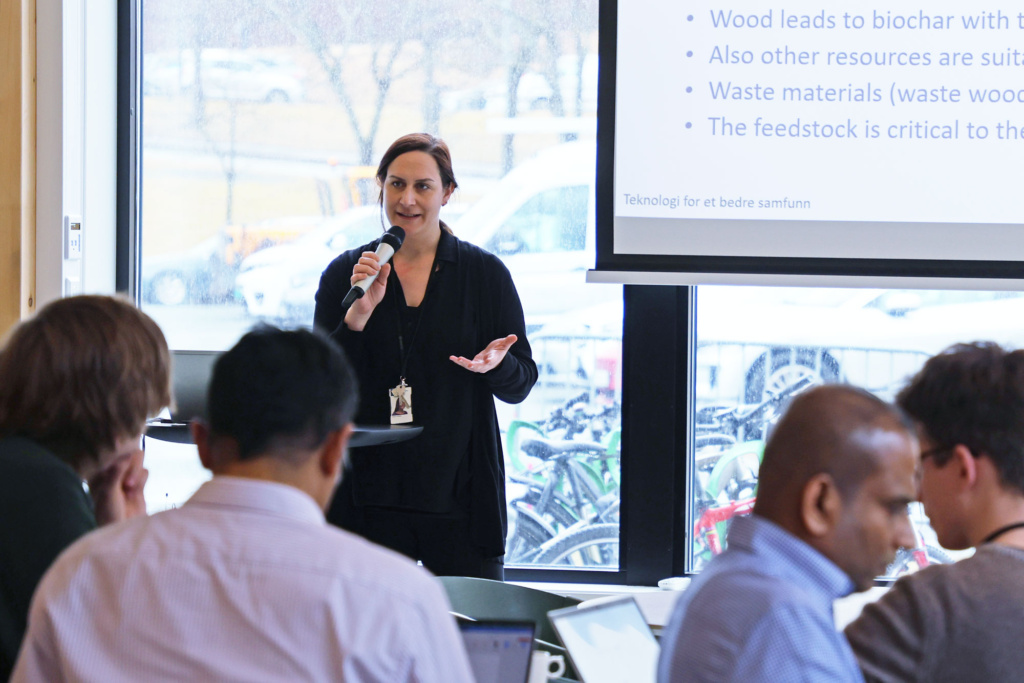
Land use is the biggest driver of biodiversity loss, but also critical for realising our ambition of reducing emissions by 55% (or 80-90% for Oslo, Trondheim and Stavanger). No matter what we do with radical climate solutions, whether it is Direct Air Capture (DAC) or Direct Ocean Capture (DOC) of CO2, SRM, or carbon removal of some other kind, it will always boil down to land resources and how they can be used most efficiently. If we are to achieve the climate goals, we must use all the solutions for CO2 capture available, but this cannot come at the expense of nature.
Technology can reduce our impact on nature but it is not a panacea
A sustainable future where people live in harmony with nature is possible, but it will require measures on a scale that has never been done before, especially in the areas of coexistence, lower land use, and reducing greenhouse gas emissions.
In 2023, the Norwegian Climate Change Committee published a report presenting the choices that Norway needs to face in order to become a low-emission society by 2050. However, the choices that we face in order to solidify how we can also become a nature-positive society that still creates value and utilises natural resources within the planet’s tolerance limits are not yet as clear. The intersection where climate and nature affect each other is also not sufficiently seen, nor is the scope for innovation to contribute to the implementation of both.
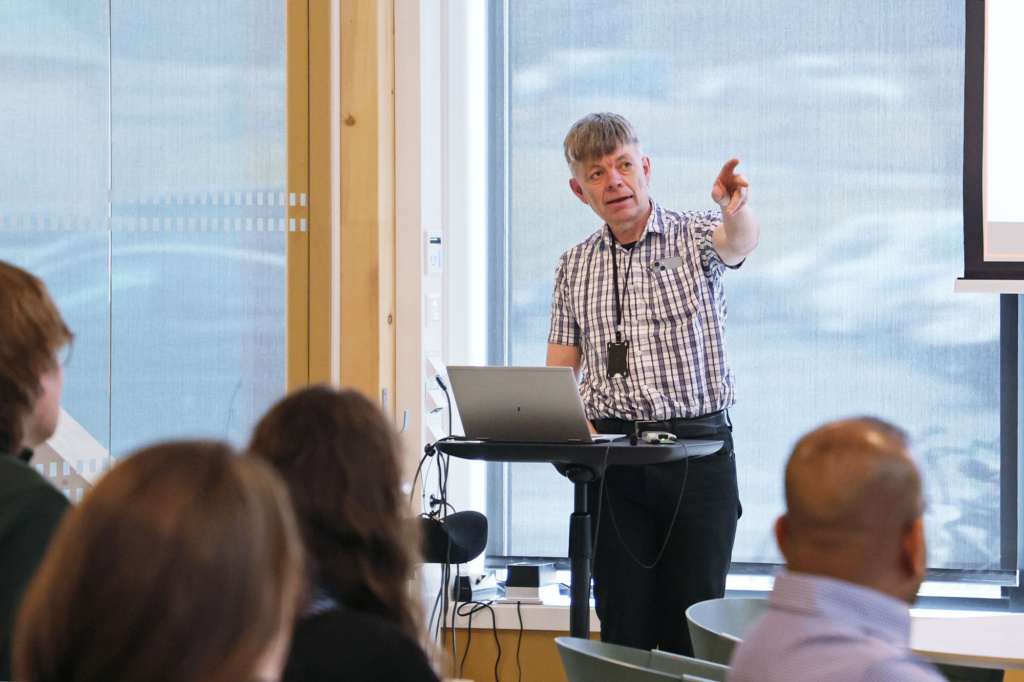
The development and implementation of technology will be crucial in order to help us jointly achieve the goals of the Climate and Nature Agreements. Technology development and innovation can open up new nature-based solutions and efficiency improvements to ensure that our use of land and resources has the greatest societal benefit and the least detrimental impact on nature. SINTEF undoubtedly can and is motivated to contribute here, in close collaboration with research, industry, public administration and society.
However, technology and innovation are not a panacea, nor universal medicine. To achieve a truly sustainable society, we must also change our course towards a less consumption-oriented society, and reduce our use of natural resources.
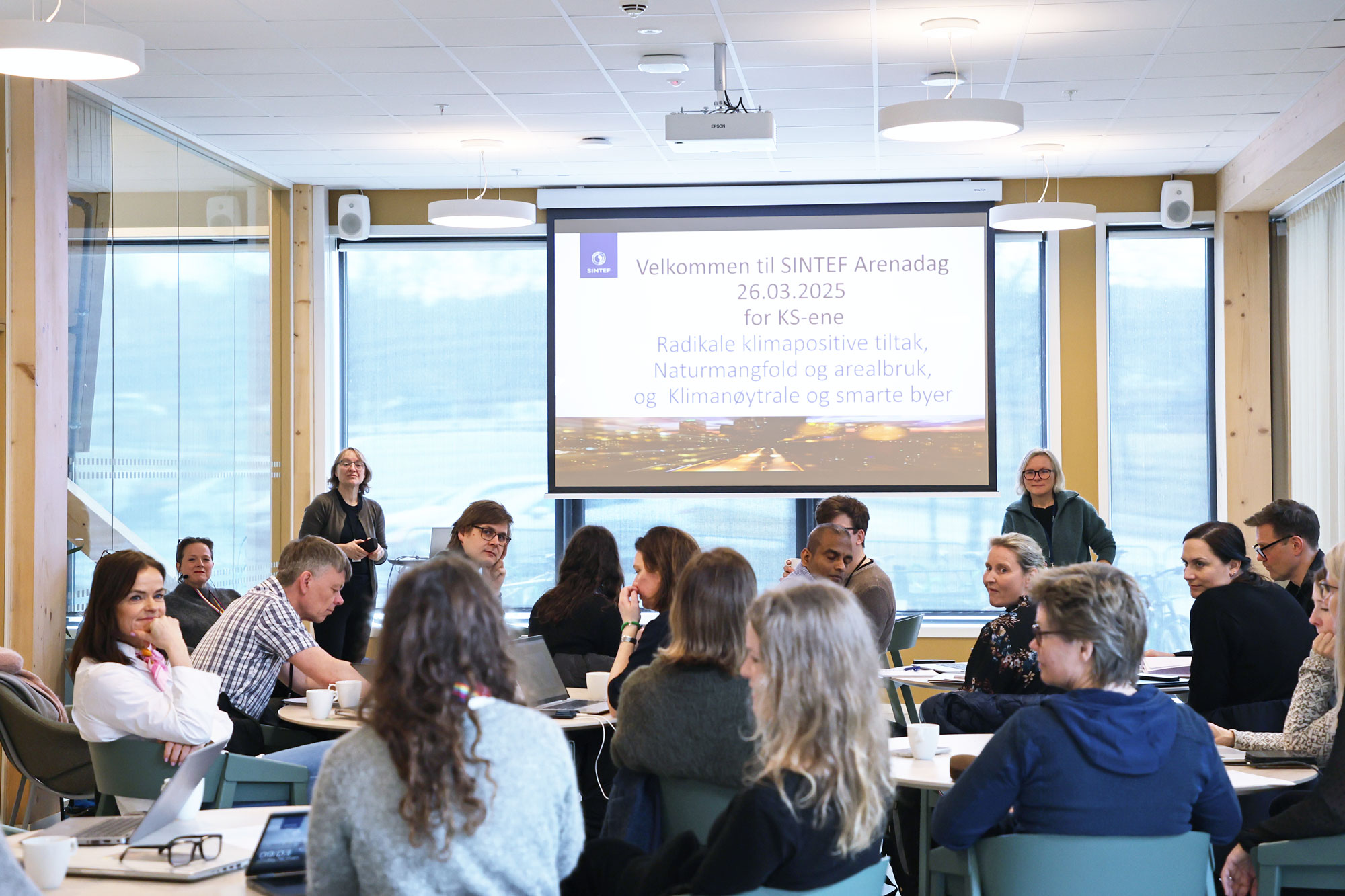






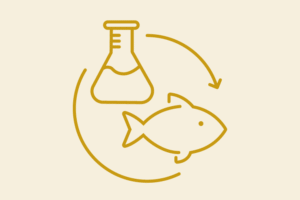











Comments
I bet the people who enjoy large amounts of meat, large cars and transcontinental flights are thrilled by all these technological pipe-dreams! Perhaps we should instead drastically reduce our consumption first, and then afterwards work on technology for sustainably increase it afterwards? I think that would be the right order of things, when taking the urgency of the matter into account.